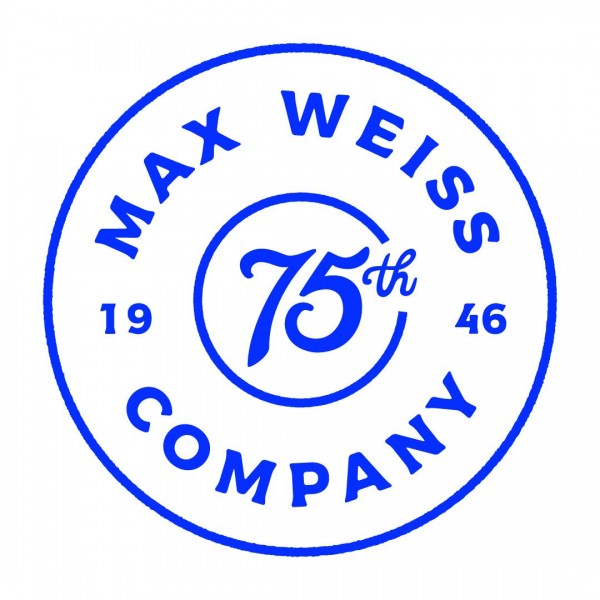A Noticeable (Quality) Difference in Bending Sheet and Plate Metals
To
It’s tiny. Miniscule. Fractions, in fact.
Sheet metal is 7ga and thinner. Plate metal is 3/16” and thicker. The variance is .0082", for the mathematically-challenged. Fractions, indeed.
The differences end there. Sheet and plate metals are both commonly made of carbon steel, strength built into every inch. Their uses are far and wide: Agricultural components, Industrial OEM applications, ductwork in buildings, and tank bodies.
Bending with sheet and plate metals requires great precision and know-how. Due to their minimal thickness, both can break in extreme bends. The skilled professionals at Max Weiss Company bend sheet and plate metals to the highest radii possible… While maintaining the materials’ integrity and strength.
These same craftsmen use metal rolling and forming to convert sheet and plate metals into highly-precise cylinders and arcs. Metal fabrication regularly finishes off the materials, carefully calibrated to meet your exact needs.
The difference between sheet and plate metals might not be obvious. No matter. The difference you’ll notice is




